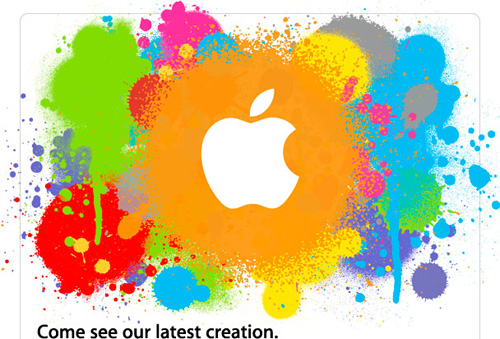Now that the same operating system that is used on the iPhone and iPod Touch will be used on the iPad, I officially declare that Apple must name the operating system something besides “iPhone OS” – which itself was never an official name. Up to this point, to be completely correct, we have had to refer to the OS as the iPhone/iPod Touch OS, or something along those lines. This was quite awkward. And it will be quite a bit more awkward if we now need to say iPhone/iPod Touch/iPad OS.
Therefore, I suggest that Apple use “Touch OS” for all their touch devices. I think this makes sense because the defining feature of all these devices is the touchscreen interface. From this point on, I will refer to the OS as the Touch OS and I suggest that all authors do the same. If you think this is a good idea, spread the word and let’s see if we can make it stick! Be sure to leave a comment as well.
When I came up with the idea, I did a quick search to find out if anyone else had this idea or if the name was already taken by another operating system. I did not find that the name was already in use, nor did I find that anyone had the exact same idea. I did find that someone had a similar idea almost two years ago. They suggested “Touch OS X” at the time, because the operating system was derived from Mac OS X. So to be fair, I thought I’d give them props here.
